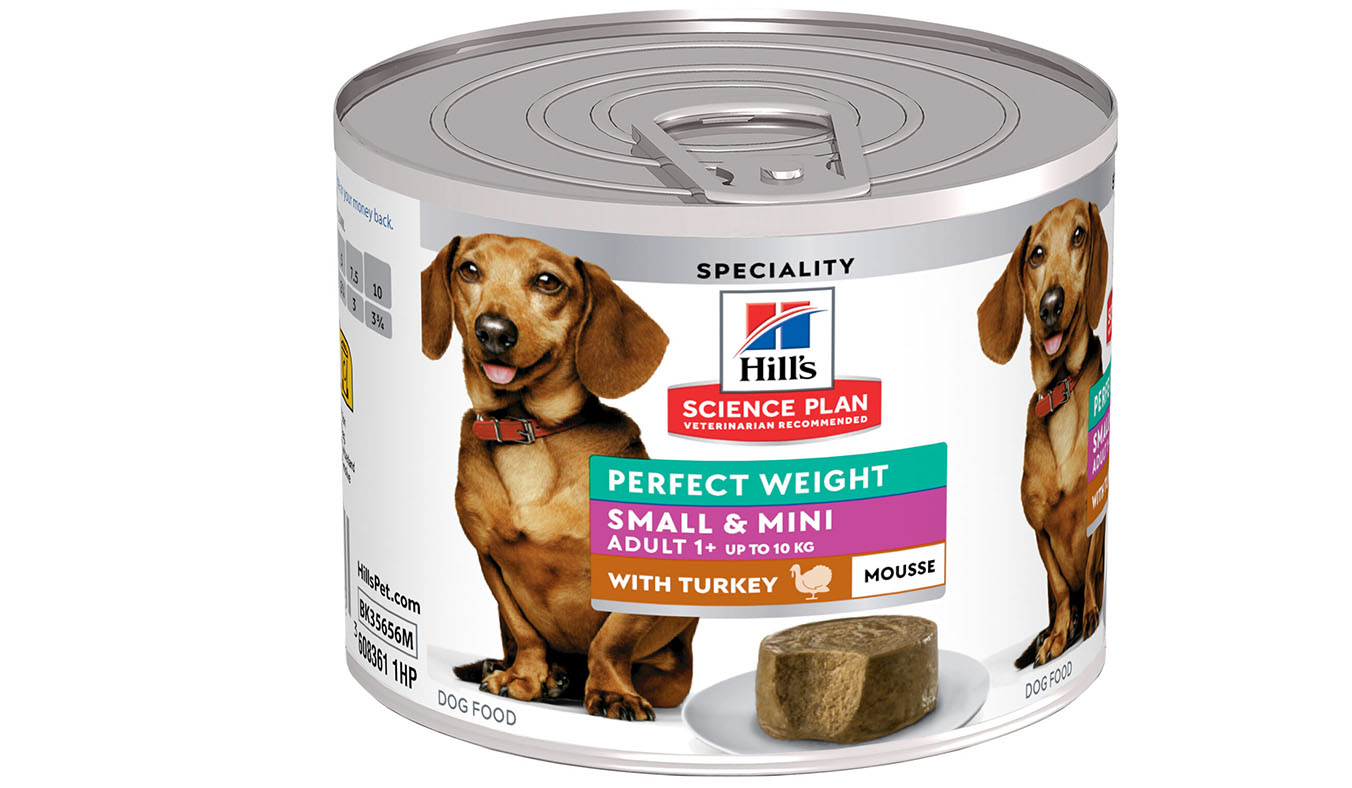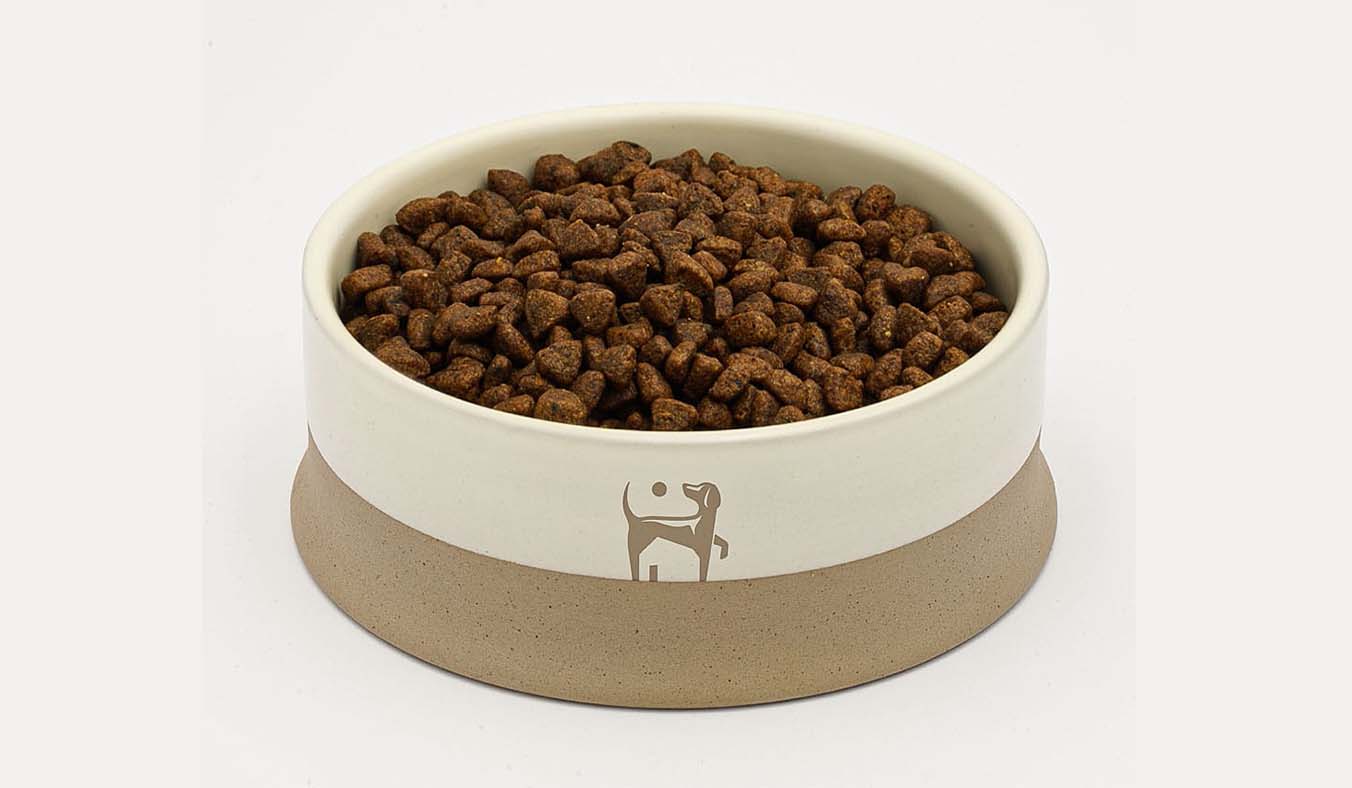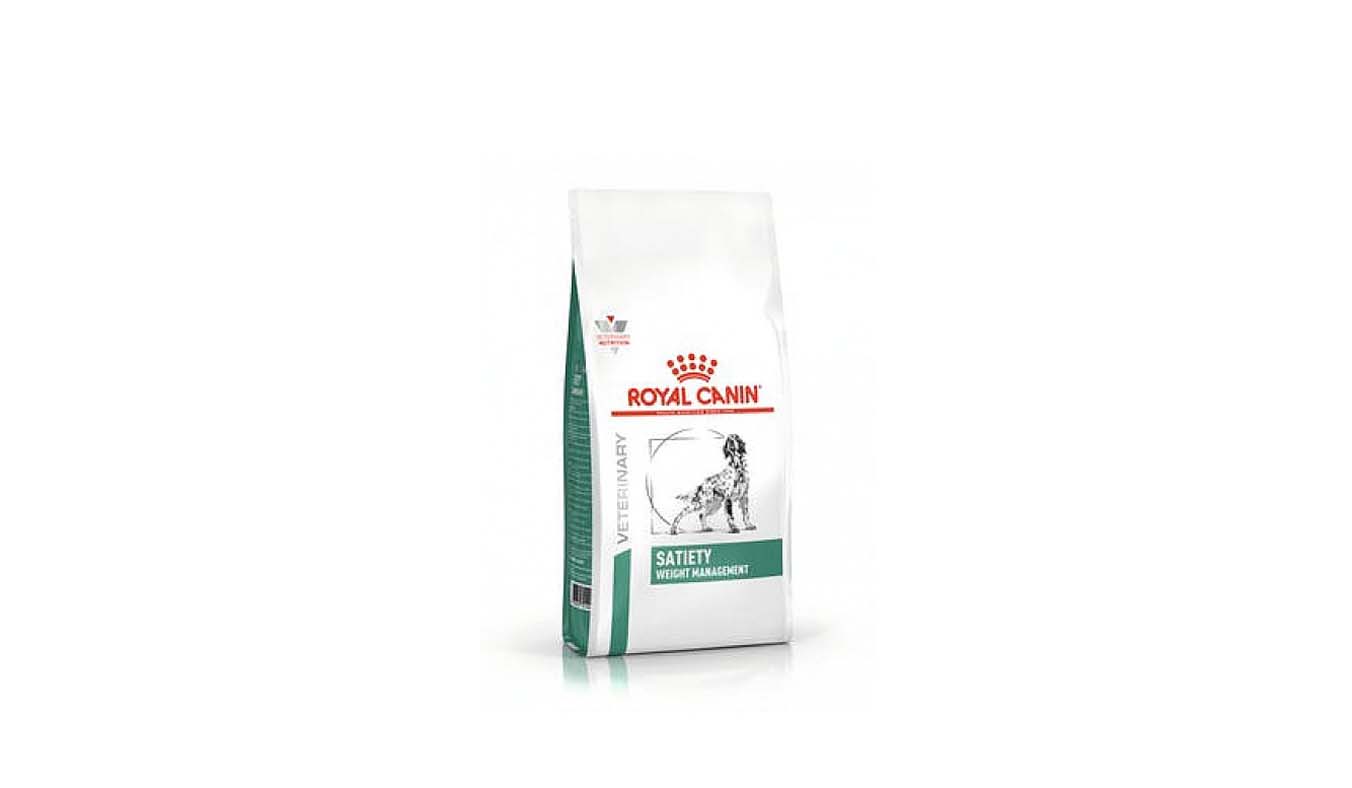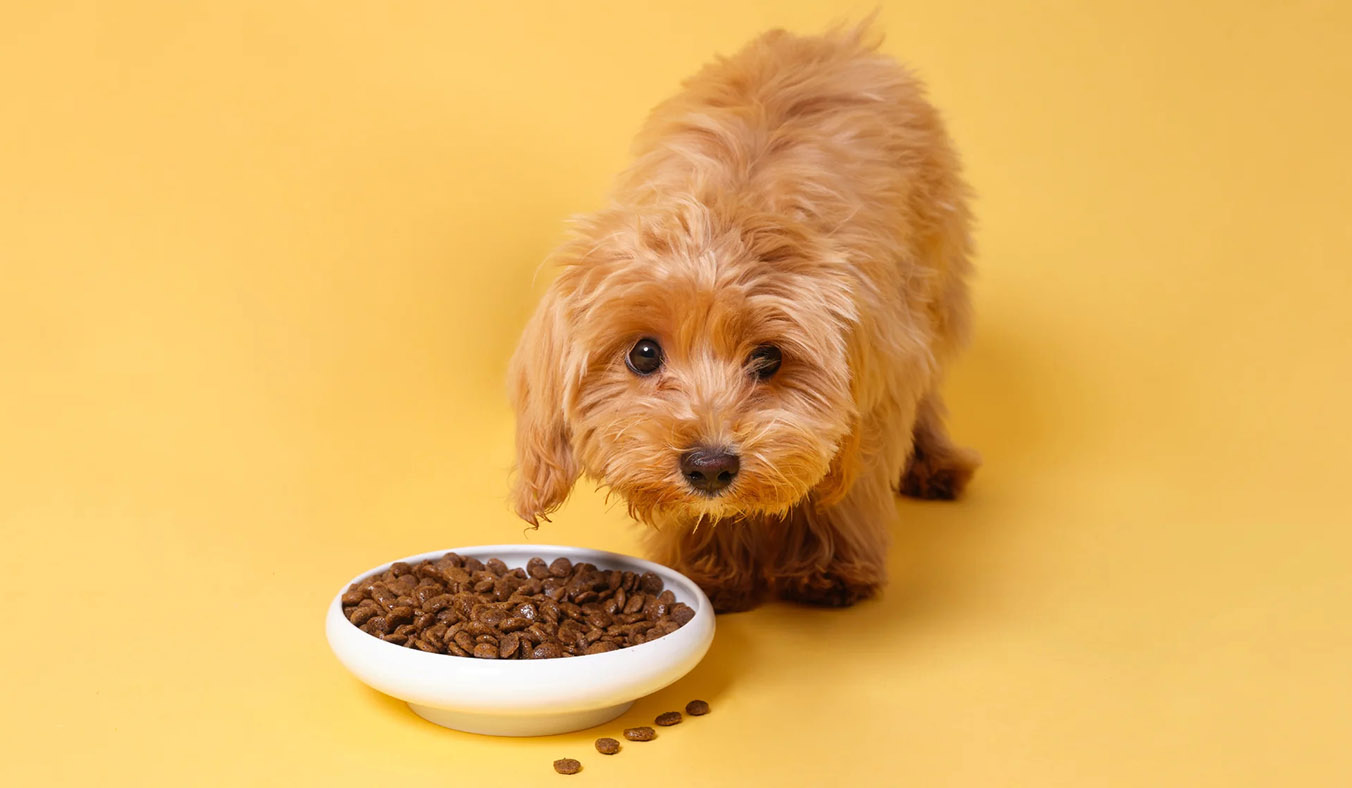Over the years of raising dogs, one question keeps popping up—for myself and many fellow pet owners: How can I make sure my dog eats well but doesn’t gain weight? Especially for dogs entering their “middle-aged spread” stage, weight control is not just about looks—it’s a cornerstone of long-term health. Obesity in dogs can lead to a slew of health problems: increased pressure on joints, metabolic disorders, cardiovascular stress, and even reduced lifespan. The tricky part is, dogs don’t self-regulate their diet like humans; they eat happily and never worry about “watching their figure.”
That’s why choosing a scientifically formulated dog food that offers high satiety, balanced nutrition, and low calorie density is crucial. I will share my personal experience with several weight management dog foods. I will analyze their nutritional content, palatability, satiety, and metabolic effects in detail. In addition, I will summarize some key criteria that I think are useful when choosing a weight management dog food.
What Exactly Does Weight-Control Dog Food “Control”?
Weight-control dog food—sometimes labeled as “low-fat” or “weight management” food—is not designed to starve your dog. Instead, it aims to reduce calorie intake while still ensuring sufficient nutrition and satiety. These products typically feature the following traits:
- Higher protein content with controlled fat levels, preserving muscle mass while reducing fat buildup.
- Inclusion of dietary fibers and high-fiber vegetables to enhance fullness and slow digestion.
- Lower calorie density—fewer calories per 100g—so dogs consume fewer calories even if the portion size is similar.
- Metabolism boosters such as L-carnitine or CLA to support fat burning.
- Supplements for joint and cardiovascular support, to help overweight dogs cope with physical strain.
In short, good weight-control dog food isn’t about “leaving your dog hungry.” It’s about smartly balancing nutrients so your dog feels full and happy—without gaining fat.
How to Choose Weight-Control Dog Food: What I Focus On
Before settling on my current top picks, I compared over a dozen popular products. From this, I identified several critical indicators worth focusing on:
- Crude Protein and Crude Fat Ratios
- Look for crude protein between 26%-32% to support metabolism and muscle health.
- Fat should ideally be kept between 10%-14%; too low may negatively affect skin and coat quality.
- Presence of Quality Fiber Sources
- Ingredients like beet pulp, psyllium husk, pumpkin, oats, or cassava improve satiety and prevent constipation.
- Quality dietary fiber also supports gut microbiome health and metabolism.
- Caloric Density (ME)
- Ideal calorie range for weight-control food is 3100~3600 kcal/kg.
- Fine-tune portion sizes based on your dog’s size and daily activity level.
- Metabolic Support Ingredients
- Additives like L-carnitine, CLA, or green tea extract help enhance fat oxidation and reduce accumulation.
- Palatability and Kibble Texture
- No matter how healthy the food, if your dog won’t eat it, it’s pointless.
- Some weight-control kibble is too hard or bland—always monitor if your dog accepts the texture and taste.
Top 5 Weight-Control Dog Foods from Real Testing
Here are five options that I found successfully strike a balance between fat reduction and maintaining your dog’s enjoyment of meals:
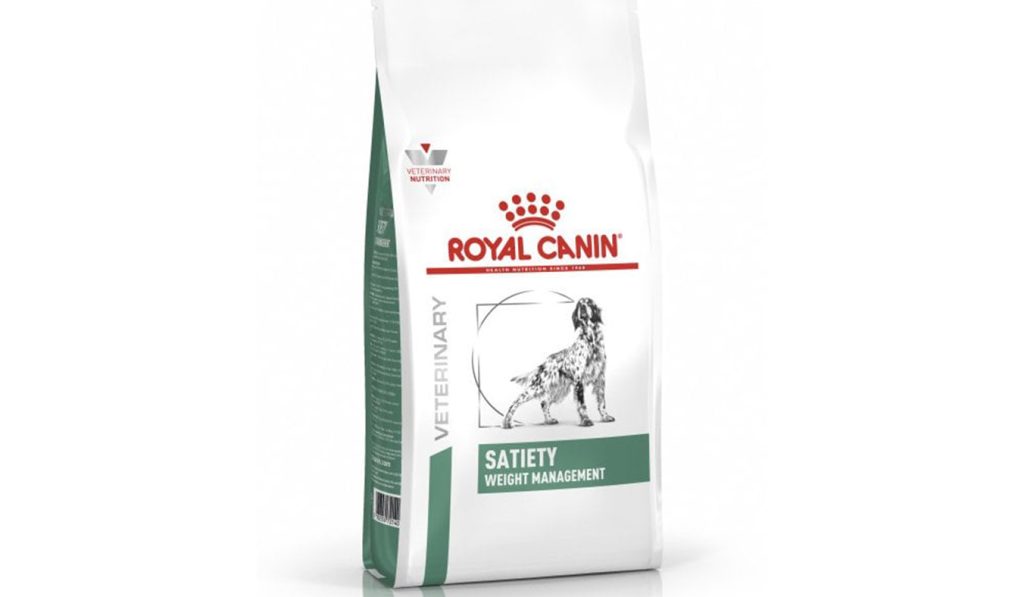
1. Royal Canin Satiety Weight Management
Highlight: A vet-exclusive product from Royal Canin designed with high fiber content. The formula combines soluble and insoluble fibers to prolong gastric emptying and enhance satiety.
Experience:
- Initial slight increase in bowel movement, normalized within days.
- Medium-sized kibble suitable for medium breeds.
- Dogs appeared energized despite reduced food volume; notable weight control success.
Pros:
- Clinically tested formula.
- High protein + fiber blend supports safe fat loss.
- Ideal for dogs requiring significant weight reduction.
Best for: Dogs with marked obesity or vet-recommended weight-loss plans.
2. Hill’s Science Plan Perfect Weight
Highlight: A leading product from Hill’s, made with chicken and vegetables. Includes L-carnitine and prebiotics.
Experience:
- High palatability—dogs showed strong interest in eating.
- Medium-sized kibble suits most adult dogs.
- Maintained shiny coat and no excess shedding during weight-loss phase.
Pros:
- High L-carnitine content to enhance fat burning.
- Prebiotics help improve gut flora.
- Great for long-term weight maintenance, not just active weight loss.
Best for: Households aiming for a “slow and steady” body fat reduction strategy.
3. Josera Help Weight & Diabetic
Highlight: A dual-function formula from German brand Josera—targets both weight and blood sugar management. Main ingredients include turkey, peas, and potatoes.
Experience:
- Small kibble size, ideal for small to medium breeds.
- Reduced post-meal insulin spikes.
- Noticeable belly fat reduction and increased mobility after a few weeks.
Pros:
- Grain-free and hypoallergenic.
- Supports dogs at risk for obesity and diabetes.
- German quality and ingredient transparency.
Best for: Older dogs or those at risk of metabolic syndrome.
4. Happy Dog Fit & Vital Light
Highlight: Well-known in Germany, this product uses duck and sea fish as protein sources. Enriched with Happy Dog’s signature “vital herb mix.”
Experience:
- Crisp yet non-greasy kibble; pleasant texture.
- Dogs seemed satisfied post-meal without begging.
- Excellent stool quality—no diarrhea or constipation observed.
Pros:
- Contains green-lipped mussel for joint support.
- Herbal extracts like rosemary and turmeric aid metabolism.
- Ideal for low-activity or indoor dogs.
Best for: Families seeking a mild, herbally-balanced approach to weight control.
5. Belcando Adult Light
Highlight: Uses cold-pressed processing for a more natural nutritional profile. Core ingredients include chicken, oats, and peas. High-fiber, low-fat structure suitable for long-term management.
Experience:
- Naturally meaty aroma increases appeal.
- Hard kibble texture supports dental cleaning.
- Single-protein source suits food-sensitive dogs.
Pros:
- Grain-free, gut-friendly recipe.
- Contains brewer’s yeast and grape seed extract for antioxidant benefits.
- Full traceability from German manufacturing.

Best for: Dogs needing a long-term, ingredient-transparent weight-control regimen.
Practical Tips for Feeding Weight-Control Food
Just feeding weight-control kibble won’t cause weight loss on its own. Pairing it with proper feeding habits and physical activity is key:
- Use Meal Scheduling Instead of Free-Feeding
- Feed your dog 2–3 times a day with measured portions.
- Use a digital scale to ensure accurate serving sizes.
- Add Small Amounts of High-Fiber Foods
- Mix in pumpkin or carrot puree for added fullness and diversity.
- Helps dogs feel full longer without adding many calories.
- Keep Up with Daily Activity
- Even senior dogs should walk at least 30 minutes daily.
- For active breeds, incorporate frisbee, sniffing mats, or fetch to burn extra calories.
- Avoid “Compensatory Feeding”
- Don’t feed more just because your dog looks sad.
- Use praise, petting, and interactive play instead of treats for emotional comfort.
Where to Buy
All of the above dog food options can be found on major platforms like amazon.com, zoop, and fressn. I recommend ordering from official flagship stores or authorized resellers—especially for imported brands—to avoid expired or counterfeit products.
Weight Control Isn’t Just About “Getting Slim”
Choosing a weight-control dog food isn’t about limiting your dog’s happiness—it’s about extending their healthy, happy years. The best weight-control food doesn’t make your dog feel deprived. It allows them to enjoy their meals while gradually reclaiming a leaner physique and renewed energy.
